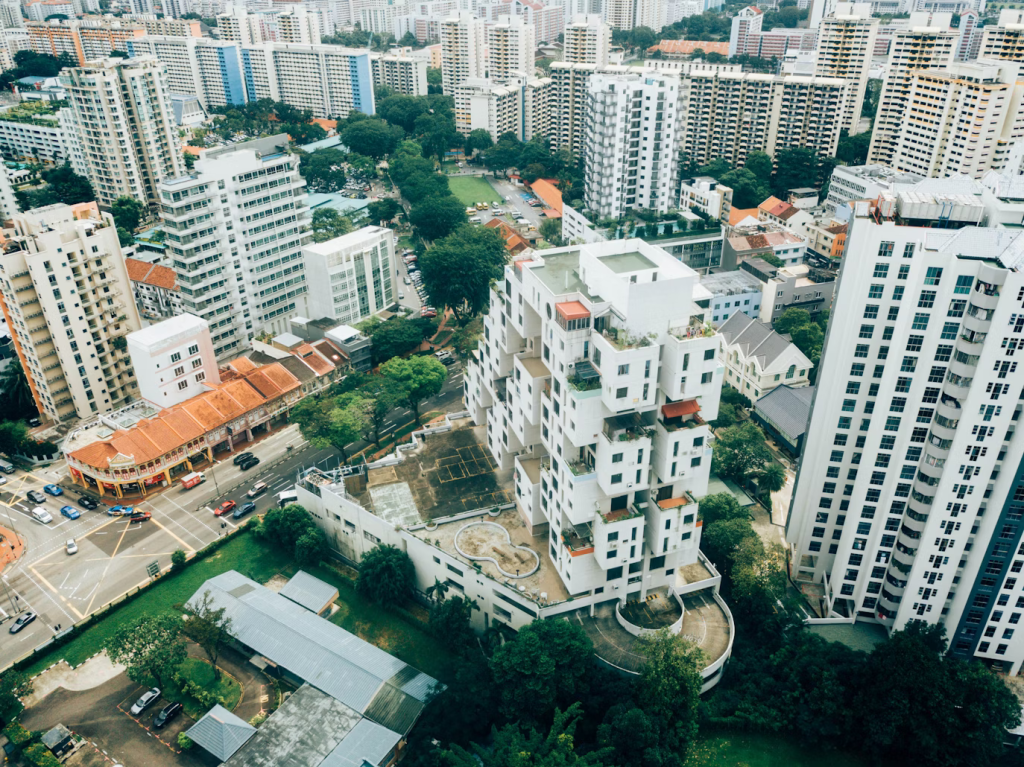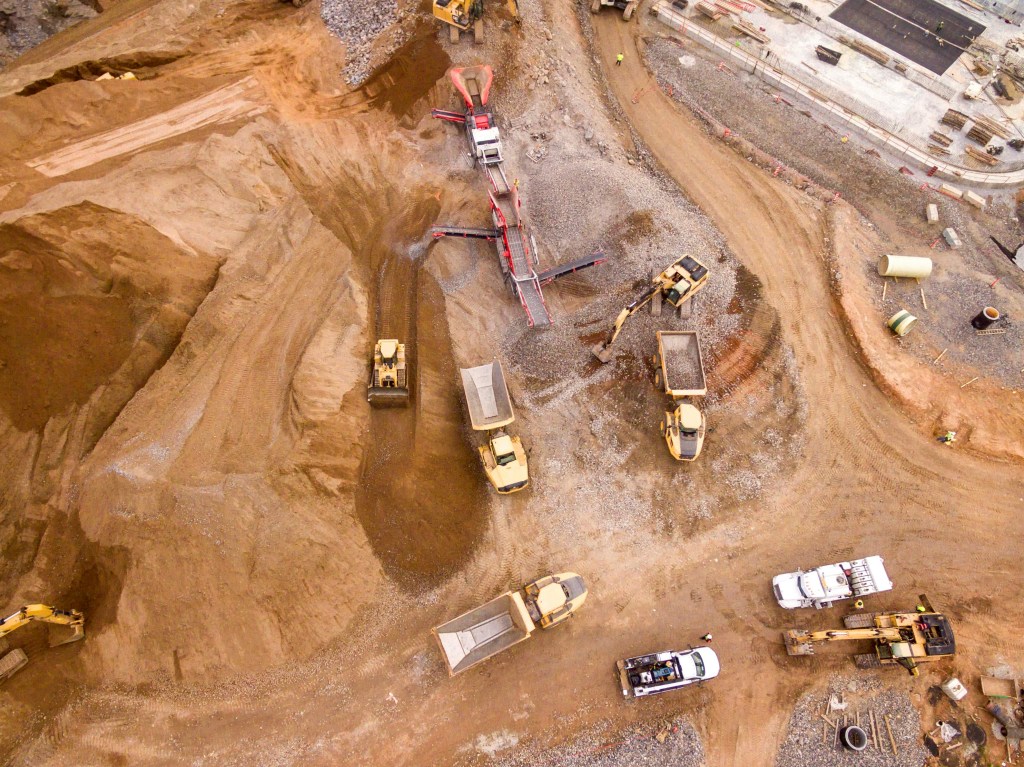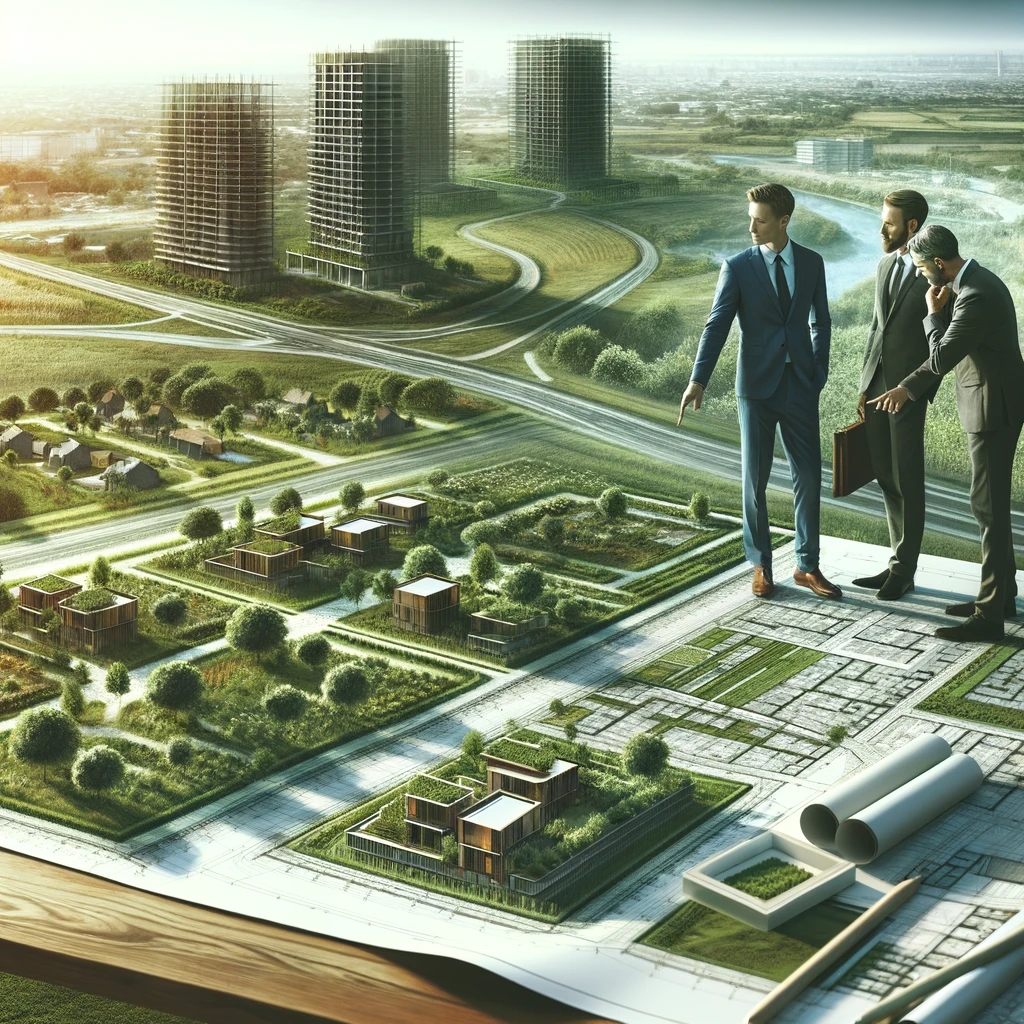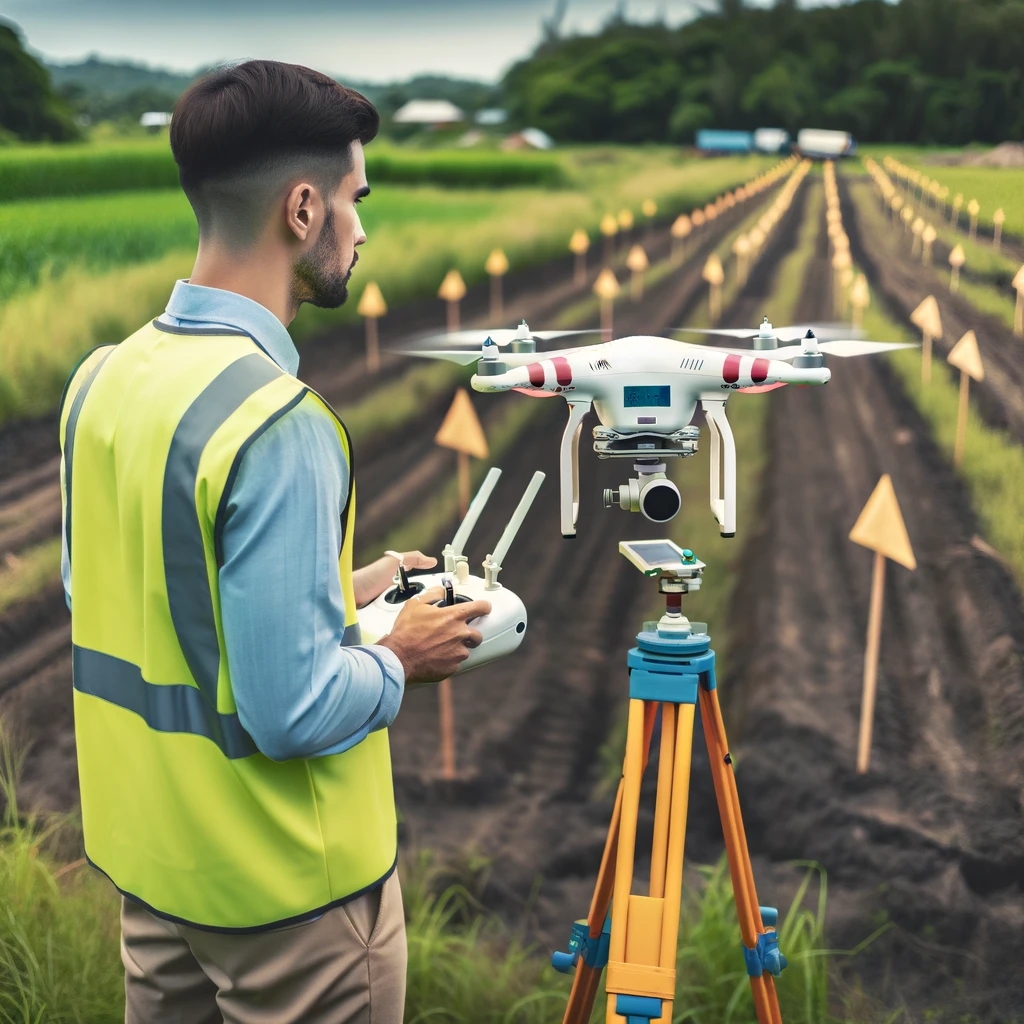
Land development is about transforming land in several key ways. This includes:
- Changing raw land from its natural state for a purpose such as retail or housing
- Subdividing real estate into lots for building homes
- Changing its purpose by converting an unused factory complex into a condominium.
The first step is all about planning. Developers take the time to get to know the land — its layout, soil, and natural habitats. They combine this with future residents’ needs and local rules. They come up with a plan that’s good for both people and the environment.
Next, the land starts to change. Big machines move in to shape the land and put in necessary things like water and electricity. To ensure the development is kind to nature, we carry out this part of the process with the assistance of specialized land development services. These services are crucial in navigating the complexities of transforming land, ensuring that every aspect from planning to execution aligns with sustainability and community needs.

The final step is building. This is when architects and builders come together to turn plans into real buildings. This stage brings the development to life. It creates places where people will live and work.
Land development is a mix of art and practicality. It’s about making spaces that improve our lives but also respect the planet. Developers build not only for today. They’re also thinking about the future. They make sure each project is beautiful and sustainable.
The relationship between the land and what’s built on it is very important. Architects work with landscape experts. They ensure buildings serve their purpose and look good. They also fit well with the surrounding nature.

Being sustainable is a big deal in land development. Developers use green building methods. They keep natural features when they can and think about using renewable energy. These steps are key to ensuring developments are cheap, green, and good for the community.
Working with the community is key to a successful project. Developers listen to what people living nearby want and need. This way, the development feels like a part of the community, and people are happier with the result.
Land development also boosts the local economy. It can create jobs, bring in businesses, and increase the area’s value. A single project can have a big impact, helping a region grow and thrive.
Finally, land development reflects how society changes. For example, with more people working from home, there’s a bigger need for homes with office space. Developers keep up with trends like these. They do it to make sure their projects meet people’s needs now and in the future.
In short, land development is a complex but rewarding task. It’s about using land wisely to meet our needs while taking care of the environment. With careful planning and teamwork, developers can make more than just buildings and roads. They can create true communities where people can live well and nature is protected.
To build upon this foundation, we cannot overstate the importance of integrating technology. New technologies, such as drone surveys and AI, enhance the precision of land assessments and project planning. Drones offer a bird’s-eye view. They make it easier to understand a site’s geography and topography. AI and machine learning algorithms can predict outcomes and optimize resources. They can even expect future community needs. This ensures that developments are both innovative and forward-thinking.

Moreover, environmental conservation’s role in land development has taken on a new urgency. Developers are now more committed than ever to preserving existing natural landscapes. They also commit to restoring those that have degraded. This includes initiatives like reforestation and wetland restoration. It also involves creating green corridors that support wildlife and biodiversity. Such efforts underscore a shift towards developments that exist in harmony with nature. They do not dominate it.
Accessibility and inclusivity have also become critical considerations in modern land development projects. Developments must be accessible to people of all abilities by law. It is also a moral imperative. This includes designing buildings and public spaces that are wheelchair-friendly. It also involves incorporating features for the elderly and those with special needs. Additionally, affordable housing initiatives are crucial. They ensure that new developments are inclusive. They prevent the displacement of lower-income communities. They ensure that everyone benefits from the revitalization of land.
From an economic perspective, land development often revitalizes neglected areas. It acts as a catalyst for underdeveloped spaces. Developments can transform the economic landscape of a region. They can attract investment and create new spaces for businesses and residents. This improves property values and stimulates local economies. It creates jobs, enhances public services, and increases tax revenues. The broader community can feel the ripple effects of a successful land development project. This contributes to a cycle of growth and prosperity.
Finally, the evolution of land development reflects broader societal values and priorities. We are becoming more conscious of our environmental footprint. As a result, the demand for green spaces, sustainable living options, and community-centric designs is growing. Developers who adapt to these evolving preferences accomplish more than satisfying basic needs. They create spaces that satisfy everyone. They are also fostering a deeper sense of connection.
Leave a comment